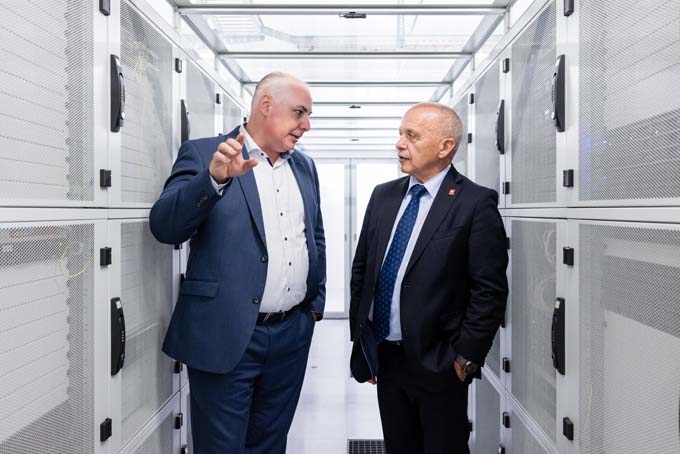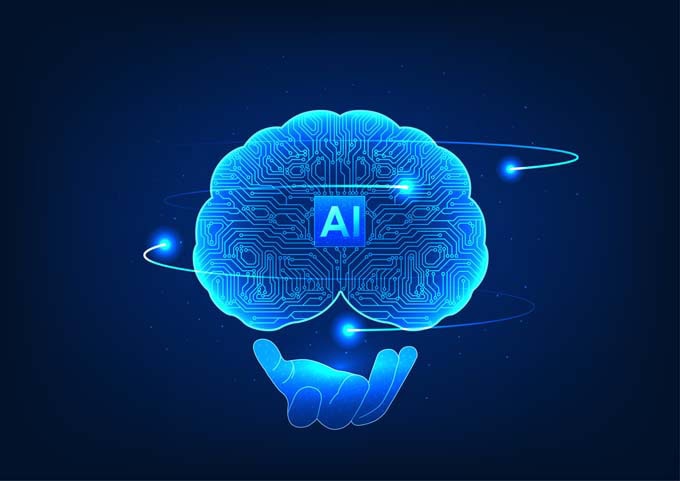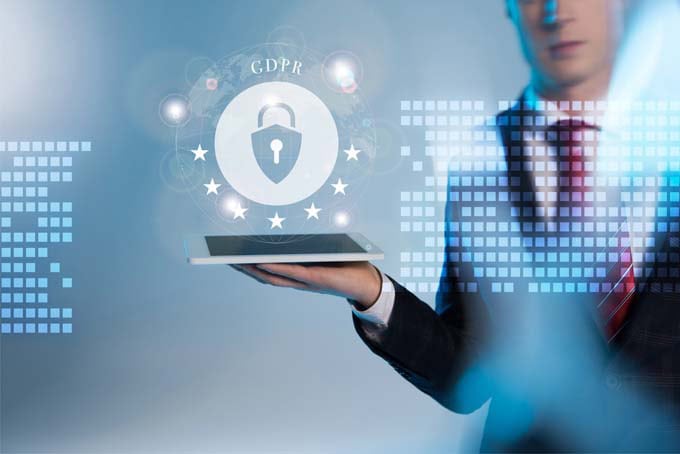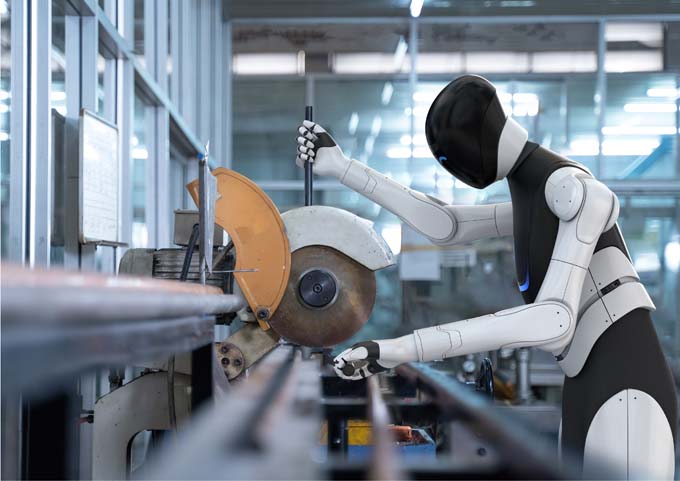How do data centers deal with power shortages and security of supply?
Today, no company can do without data. The demands on availability and security of systems, increased efficiency, sustainability and ultimately also on data management have increased enormously. Data centers, which house a large number of systems and thus also store huge amounts of data, must be fully prepared for emergencies and interruptions, including power shortages, and provide seamless [...]

Today, no company can do without data. The demands on availability and security of systems, increased efficiency, sustainability and ultimately also on data management have increased enormously. Data centers, which house a large number of systems and thus also store huge amounts of data, must be fully prepared for emergencies and interruptions, including power shortages, and ensure seamless operation. At the end of October 2022, Federal Councillor Ueli Maurer also gained an insight into how Green, as the leading Swiss data center provider, ensures business continuity and sustainable data center operations.
Rising demand
Due to increasing demand, international cloud providers such as Amazon Web Services, Google and Microsoft are also building their own cloud regions in Switzerland in data centers of large providers. Not only hyperscalers are expanding, but also large enterprises and SMEs are taking advantage of modern and energy-secure data centers. From SMEs to large enterprises, everyone is on the journey to the cloud. Switzerland as a data center plays a central role in this. Ueli Maurer sees this as a great opportunity for Switzerland. For this reason, he says, policymakers must do everything they can to continue to guarantee legal certainty and ensure the reliability of system stability.
High degree of operational reliability
Green is also feeling the strong demand. In the last three years, Green has more than doubled its capacity. Many companies are moving their own server rooms and systems to external data centers or directly to the public cloud. By outsourcing to Green, they benefit from increased security, energy-efficient management, comprehensive data connections, the necessary specialist staff and a secure energy supply.
"At Green, companies have always benefited from an infrastructure that is designed for seamless and energy-efficient operation," explains Roger Süess, CEO of Green, during the tour of the Green Datacenter in Lupfig. "Our emergency power supply is part of our security concept. At all our sites, it consists of UPS systems backed up by batteries, diesel generators, diesel supplies and secured supply chains," explains Andrea Campomilla, COO responsible for the datacenters at Green. This compensates for interruptions and ensures seamless operations.
Data centers are not part of the problem, but part of the solution
In connection with the energy crisis, the question very quickly arose as to whether data centers, as major energy consumers, are not real energy guzzlers and how and where there is potential for savings. Roger Süess explains: "Over 80 percent of energy consumption in a data center is due to hardware operation. Large data centers are already highly optimized today, consuming less than 20 percent of total energy consumption for cooling, security and systems. The focus should therefore be on virtualization, more efficient hardware or outsourcing systems. Studies show that older company data centers in particular could save up to 46 percent energy during operation. They often cool too much, are poorly optimized and do not implement new concepts such as the use of waste heat for heating, natural cooling with ambient air (freecooling) and targeted cooling. These factors have great potential for optimizing consumption: At Green, waste heat recovery at the new site in Dielsdorf will supply around 3,500 households as well as industry and commerce with heating and process heat. As the heat network is designed as a closed-loop system, it supplies cooling back to Green. This reduces the amount of cooling required in the data center and saves energy. All Green data centers use free cooling over 300 days a year and the servers are enclosed to ensure efficient cooling. Green also continuously invests in optimizing energy efficiency with new concepts and systems, operational optimization and the use of renewable energy for data center operation.
How data centers can become power plants
Ueli Maurer sees an interesting benefit of the extensive and expensive emergency power supply of data centers in connection with power shortages: "When we have a power shortage, we need everyone. That's where data centers can make a very important contribution. They have a lot of capacity that they could feed in." Making the existing diesel generators available during a power shortage situation is a concept Green is positive about and is already in close contact with the relevant authorities and the balancing power pool. "The generators are already prepared and could be used in an emergency," says Roger Süess. Green is already supporting the tertiary energy network with the emergency power plant. As soon as the relevant regulations and details have been clarified, Green will be able to feed energy into the grid with the emergency power supply system. And thus support the energy supply as well as stabilize the grid. "Data centers are part of the solution, and we are ready to help in the crisis situation," Roger Süess states.
The energy crisis affects all companies and raises many questions about secure supply. It is likely to lead to a further acceleration in the outsourcing of IT systems and data centers. It is becoming less attractive for companies to be responsible for security, energy efficiency and security of supply themselves.
Source: Green.ch
This article originally appeared on m-q.ch - https://www.m-q.ch/de/wie-gehen-datacenter-mit-strommangel-und-versorgungssicherheit-um/









